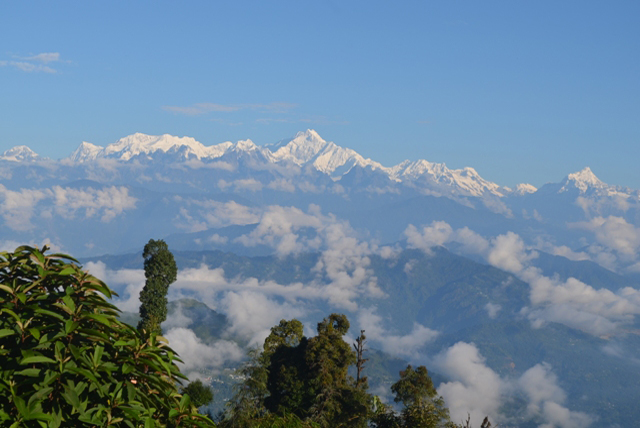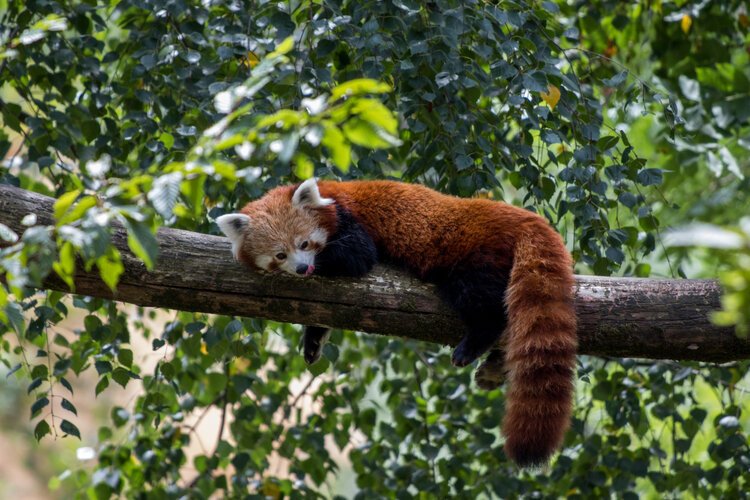Neora Valley National Park (NVNP) is renowned for being one of the most biologically rich zones in the region,
covering an area of approximately 88 square kilometers. Nestled near Lava at the base of the majestic Himalayan
Mountains, this park is flanked by the forests of Sikkim to one side and Bhutan to the other. The park’s rich
biodiversity, set against the breathtaking backdrop of Kanchenjunga Mountain, supports a diverse range of wildlife.
It is home to over 31 species of mammals, 258 species of birds, 276 species of insects, and 38 species of other
invertebrates, including 6 species of leeches. The park’s inaccessible forests contribute to its uniqueness, making it
a crucial sanctuary for endangered species and a vital protected area in the region.




